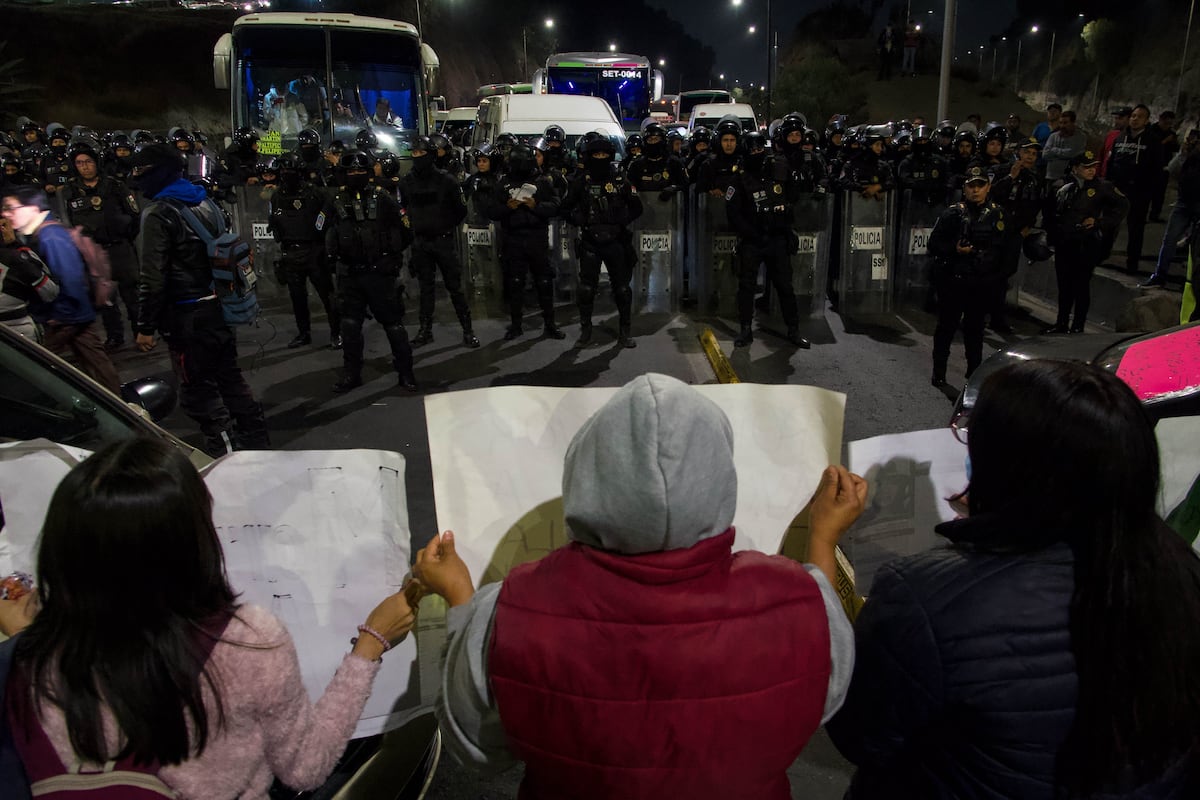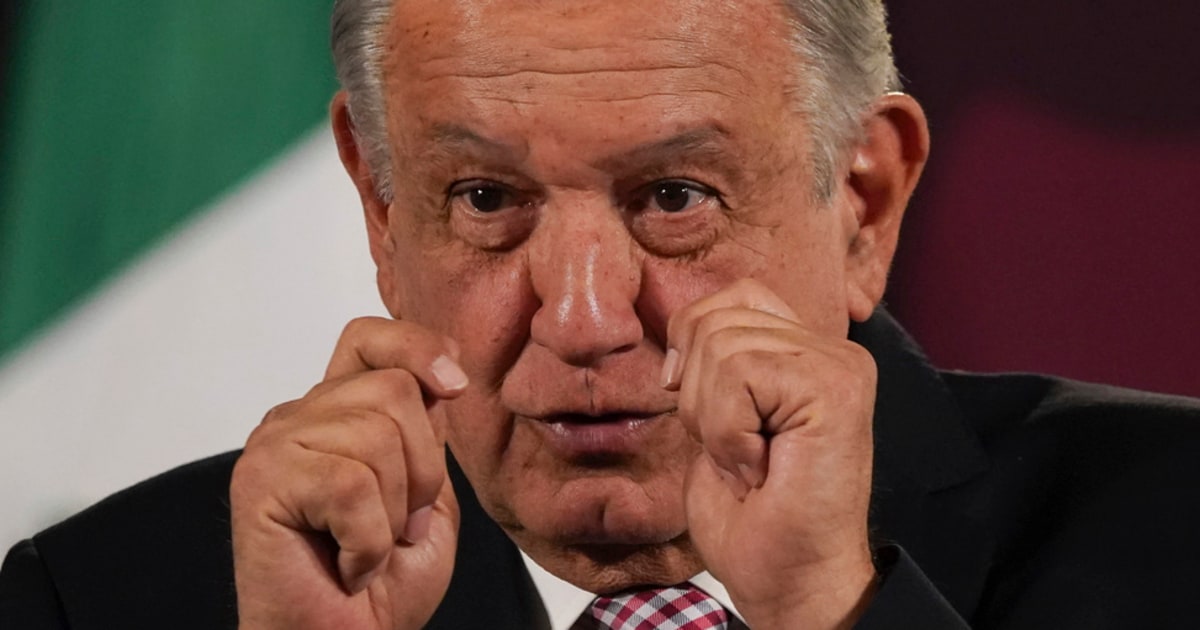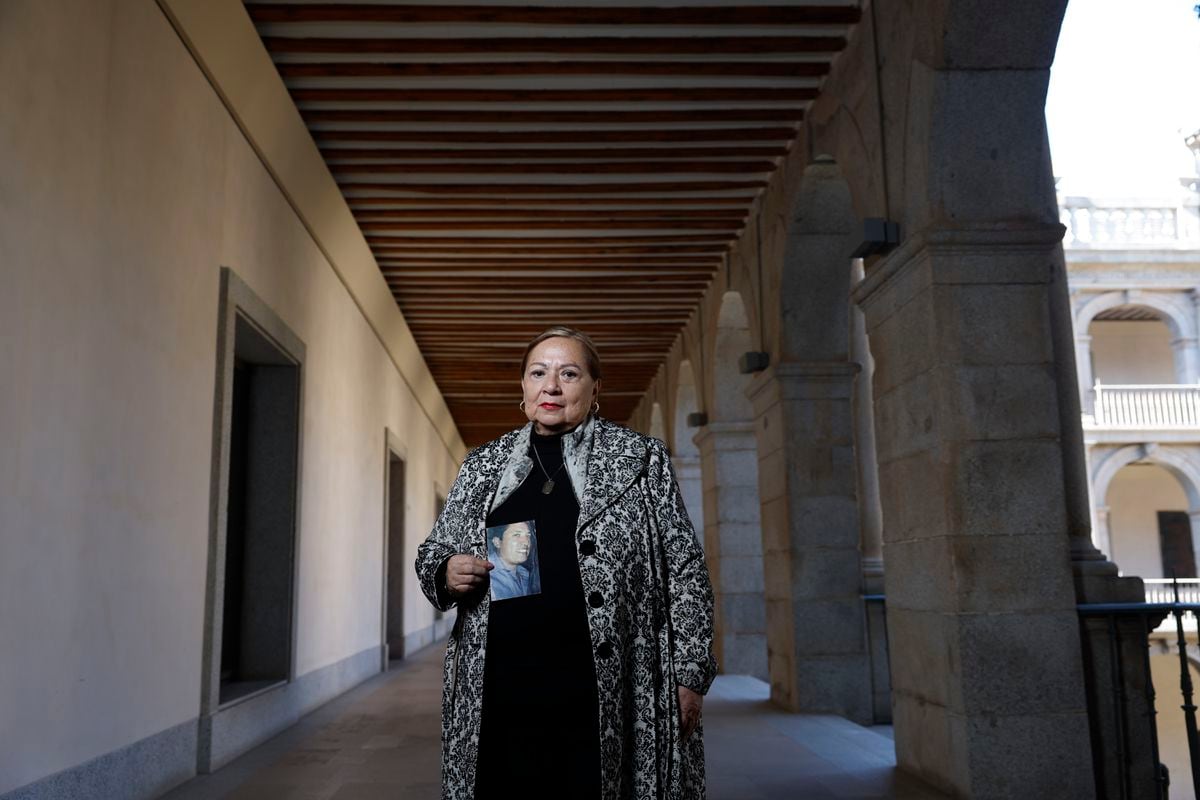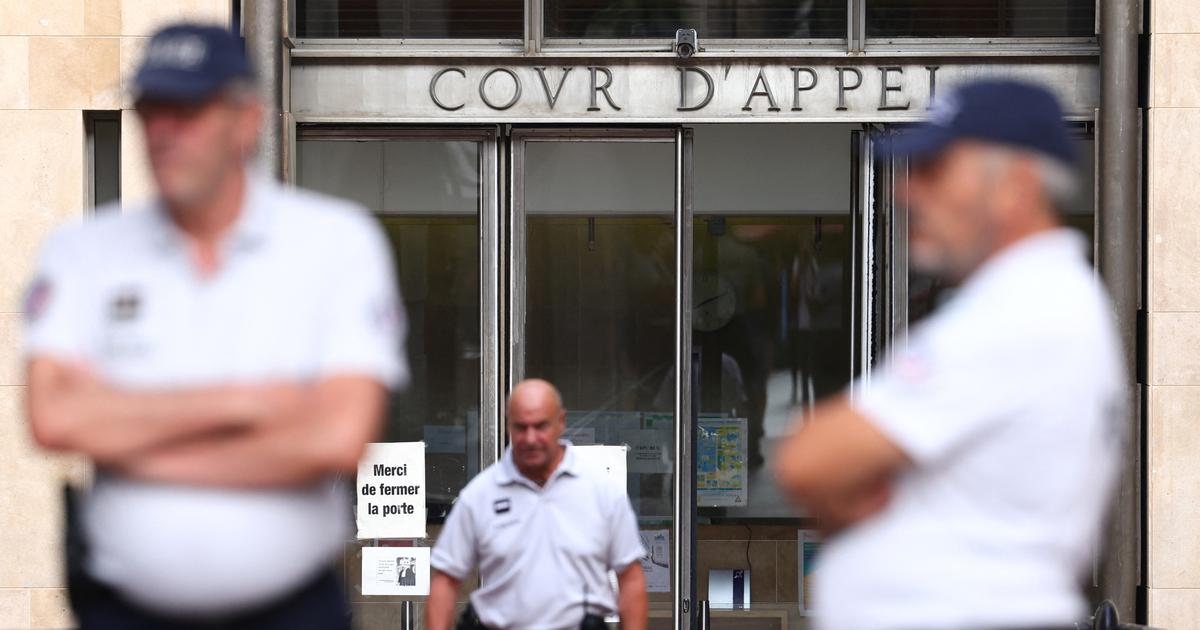It was the end of May and the thermometer had been above 30 degrees for hours.
Immense lines of vehicles waited under the sun at a point called Return, at the height of the Paso Limonero neighborhood, about 10 kilometers from Acapulco de Juárez, in Guerrero.
That weekend the tourist market was held and the coastal city expected to be packed.
But from early in the morning no one could pass.
Several groups of protesters had cut off all access from Mexico City: there would be no traffic until the authorities found Yoseline Patricio Vendrel.
Yoseline, 16, had been kidnapped the day before, at 6:30 am, when she was going to school, accompanied by her boyfriend, in the small town of San Agustín.
A vehicle with armed men arrived, two of her got out, hit the boy and took her away.
It's that quick, that simple, take a woman.
Her mother, Belén, mobilized the entire community to protest and ask the security forces to find her.
The first blockade was broken up very quickly by the National Guard, but for the second they were prepared for the heat and the shouting.
They understood, they said, that having buses and hundreds of cars stuck was annoying for those affected, but it was worse that Yoseline didn't show up, since so many don't show up, and that everything continued as if nothing had happened.
The prosecutor and several government secretaries arrived at the sit-in, Evelyn Salgado, governor of Guerrero, did not.
They tried to negotiate, but the town was firm: they would not leave without the girl.
Some 24 hours later, the Government announced triumphantly: Yoseline was back at her house.
She was still wearing the school uniform she was taken away with.
The senators later recognized that Yoseline's was a probable case of trafficking in women, she was another young woman kidnapped by criminal groups for sexual exploitation, but they saved her in time.
A girl holds a sign during a demonstration to demand the location of Carolina Islas, on February 3, on the Mexico-Cuernavaca highway.Rogelio Morales Ponce (Cuartoscuro)
In Mexico, there are more than 110,000 missing persons, of which 28,000 are women.
Cases are piling up on the desks of authorities that are overwhelmed: the search commissions lack resources, personnel, and operational capacity;
Prosecutors are buried in a country where every day 10 women are murdered and seven disappeared, double these figures for men.
Faced with the unstoppable spillover of the tragedy, the authorities have entrenched themselves behind walls of bureaucracy.
To open cracks and access justice, some families choose to cut off the main roads, causing hours of delays and chaos on the asphalt.
Last Friday, when the holiday bridge began, the family of Carolina Islas blocked the highway from Mexico to Cuernavaca.
They held up traffic for nine hours.
Some drivers ended up getting out of their cars to face blows with the young woman's family.
That day Carolina had been missing for a week, today two have passed.
Caro – as they call her – went out to a bar in the historic center of Mexico City, Mr. Duck, well known for its reggaeton party atmosphere, with her partner Iván Guadarrama, with whom she had been dating for two years.
"We know they left the bar, but we don't know anything else from there," Lucía Franco, the young woman's cousin, told EL PAÍS.
Islas is 29 years old, she is the mother of three small children, she works as a waitress, she is calm, reserved and familiar.
Her boyfriend has gone from being on her search records as missing with her to being her main suspect.
“We looked for both of them, because when we got to him, we got to Carolina.
We believe that he has it, ”explains Franco.
The days before the blockade they did not receive any information, they could only wait.
They tried to make a couple of demonstrations in the Viaducto, but they did not have an echo.
On Friday "it was a big change": they managed to get the prosecutor Ernestina Godoy to receive them and to promise to give them a daily report on how the investigations are going.
In addition, they have searched the land in various parts of Tlalpan where the young woman was from, so far without success.
Her family insists: "We want Caro alive."
Search sheet for the young Carolina Islas.FGJ
Outages occur frequently, almost daily, some with more media impact than others.
At the end of June it happened in Mexico-Puebla for Alondra Soledad Axalco, 18, to appear in Tlahuapan, and she did;
in December she was in Acapulco to locate the law student Leslie Berenice and she was done;
in January in Mexico City to find 16-year-old María Angela Olguín, and they did.
However, in a country of impunity and mass graves, blockades are not always synonymous with success: nothing is yet known about Alicia Ramos Juárez, who disappeared on December 13 in Acapulco;
Teresa de Jesús Saavedra Rodríguez was found buried under a lumberyard in Tlanepantla two weeks after her family collapsed the Mexico-Querétaro highway.
Families, alone in the face of forced disappearance
On many occasions, families search alone for their missing persons, a tortuous path plagued with technical difficulties.
For example, Juan Carlos Gutiérrez Contreras, legal coordinator of the human rights organization IDHEAS, explains that if a girl disappears in the Mexico City subway and the mother tries to check the security cameras, they will send her to the Attorney General's Office. the corresponding delegation to request permission, there —after the transfer and the wait— they will refer you to the Specialized Prosecutor for Forced Disappearance, and it will be in the latter where you can file the complaint, but then you will have to go to the Search Commission to pick up the disappearance card: “How many hours have passed without the girl?
24?
And no one has started looking for her yet.
When a girl, a woman,
The expert points out that the country has "the adequate legal framework" that establishes the obligations of the State in terms of the search for disappeared persons: "However, we move on how it should be and how it really is."
From his association they have published a guide on what to do in the first 24, 48 and 72 hours of a person's disappearance, because they are "crucial".
The police and the family of Carolina Islas during the blockade of the Mexico - Cuernavaca highway, on February 3. Rogelio Morales Ponce (Cuartoscuro)
After 20 years working on disappearances, Gutiérrez Contreras is very critical of the way the authorities deal with this crisis: “They are inefficient.
The Mexico City Search Commission, for example, does not have the capacity to search for anyone.
In addition, it is absurd, and we have said it many times, that in this country the search and the investigation of the case go separately.
In addition to the "omissions or negligence of the authorities", the expert mentions other actors: "The lack of solidarity of Mexican society that does not provide images from their private cameras or from the Telcel or Movistar companies, which is important to involve them in the issue so that they give information about the telephone numbers of the disappearance victims.”
In conclusion, Gutiérrez Contreras draws "a structural situation of impunity", which leads some families of the disappeared to protest.
“Some people decide to block the streets so that the Public Ministry can act immediately, and others let time pass by waiting for results, then when they see absolutely no diligence, they start protesting.
We are not at all opposed to people carrying out acts of justified disobedience."
Demonstration at the whereabouts of Indios Verdes for the disappearance of María Ángela Olguín, on January 20, in Mexico City. Nayeli Cruz
Yadira García apologized in June to all those who were affected by the blockade of federal highway 150, which runs from Orizaba to Tehuacán, and which was cut off at the height of Nogales, where her 21-year-old daughter, Paola Itatí Hernández, disappeared.
"We are ignored, we have to do something to make people turn around, we have to do this kind of thing because if not, the authorities won't notice anything," she said then, when she had been without her daughter for five days, five days in which that she had not received any calls from the Prosecutor's Office, she did not even know if they were investigating to find her: "I know that society is somehow uncomfortable, perhaps it has never gone through what I am going through."
They found Paola two days after the blockade, already lifeless.
subscribe here
to the EL PAÍS México
newsletter
and receive all the key information on current affairs in this country





/cloudfront-eu-central-1.images.arcpublishing.com/prisa/L2GUYXJ3FVDMXESOLU4CJ4VQZY.jpg)







/cloudfront-eu-central-1.images.arcpublishing.com/prisa/KMEYMJKESBAZBE4MRBAM4TGHIQ.jpg)

